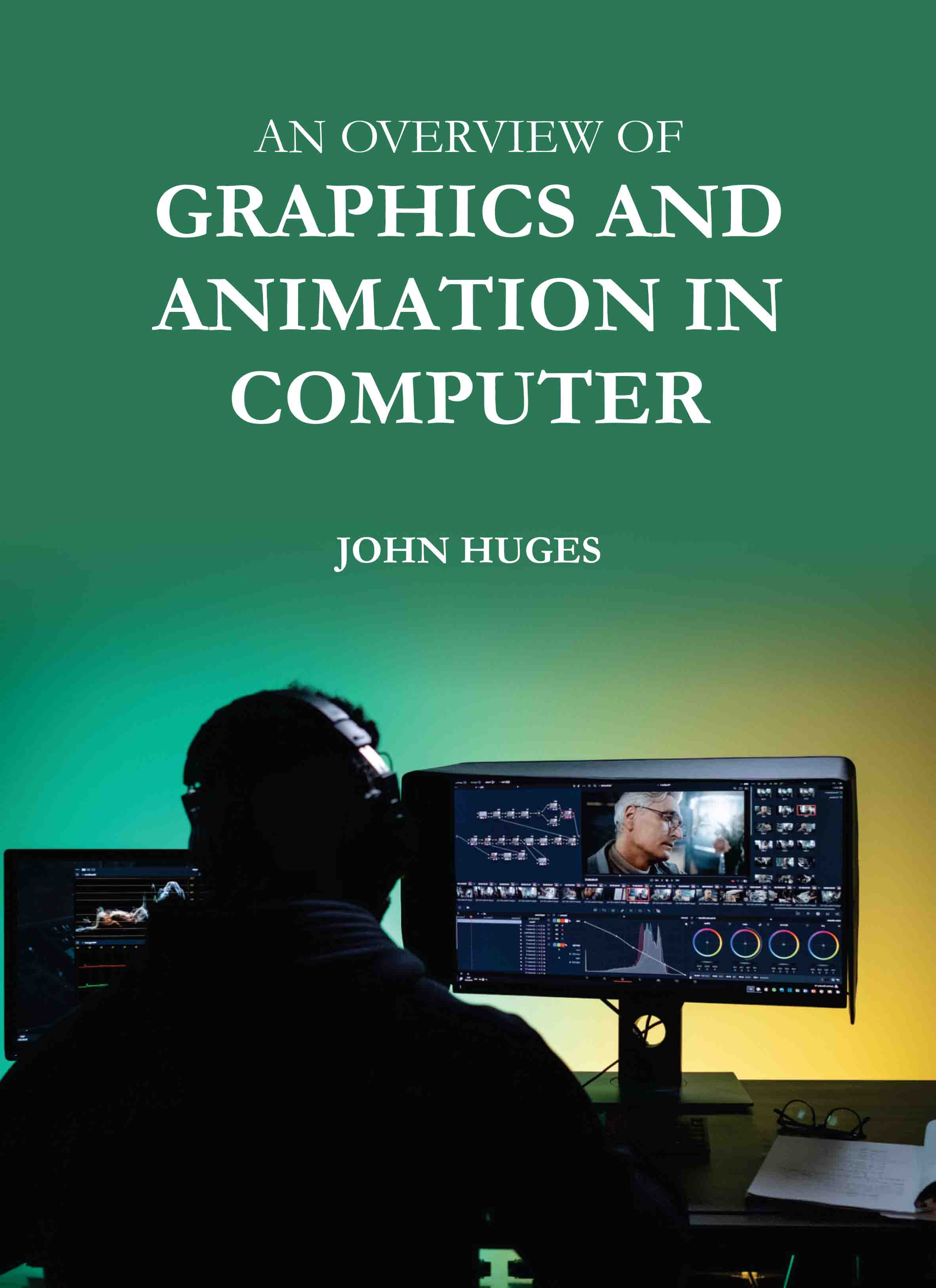
An Overview of Graphics and Animation in Computer
by John huges
| ISBN | 9781835351734 |
|---|---|
| Publisher | EDTECH PRESS |
| Copyright Year | 2025 |
| Price | £165.00 |

by John huges
| ISBN | 9781835351734 |
|---|---|
| Publisher | EDTECH PRESS |
| Copyright Year | 2025 |
| Price | £165.00 |
Any form of image made with a computer is referred to as computer graphics. A computer is capable of producing a huge variety of different kinds of images. Additionally, there are numerous methods for producing those images. Computer-generated images can be exceedingly simple, like lines and circles, or incredibly complex, like fractals and intricately drawn animations. The practise of using computers to produce moving visuals is known as computer animation. It is a branch of computer animation and graphics. Though 2D computer graphics are still commonly employed for low bandwidth and quick real-time rendering demands, it is increasingly developed using 3D computer graphics. The fundamental concept behind animation is to replay the recorded images quickly enough for the human eye to perceive them as continuous motion. A series of lifeless images can be animated to become animated. Animation can be utilised in a variety of contexts, including e-commerce, training, scientific visualisation, computer-aided design, and entertainment. Animation in computer graphics refers to the process of updating a graphic display so that it evolves over time. To implement animation, an image is often shown in its initial form before gradually altering over time to make the individual changes appear seamless from one version of the picture to the next. The book is written with straightforward directions so that even an average student can understand the material through independent study.